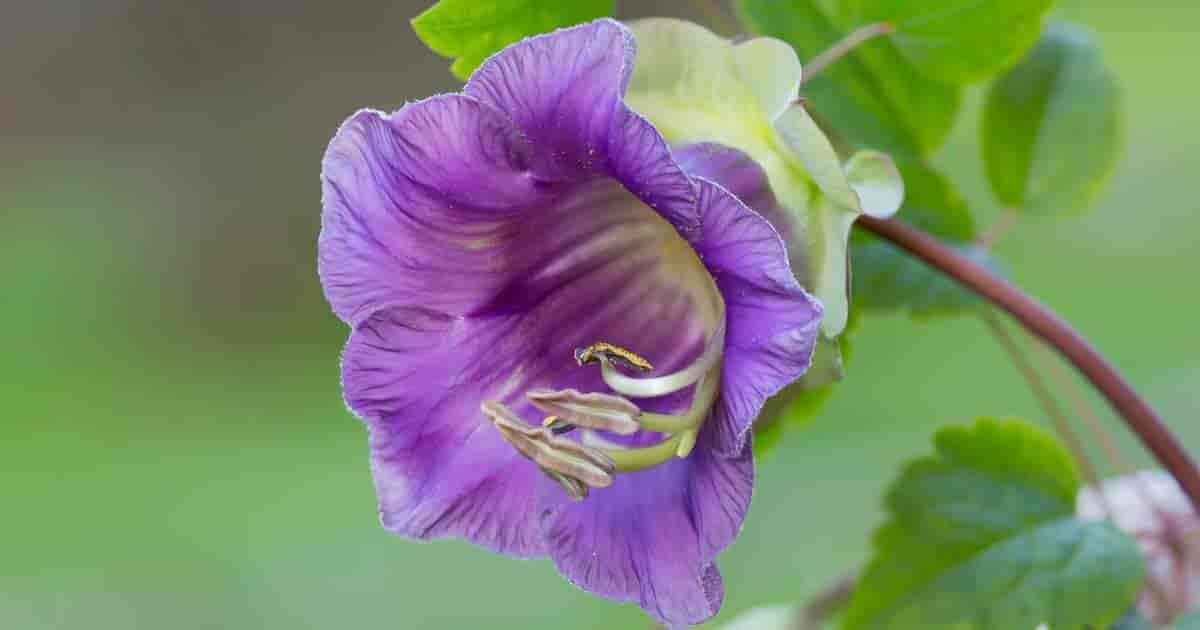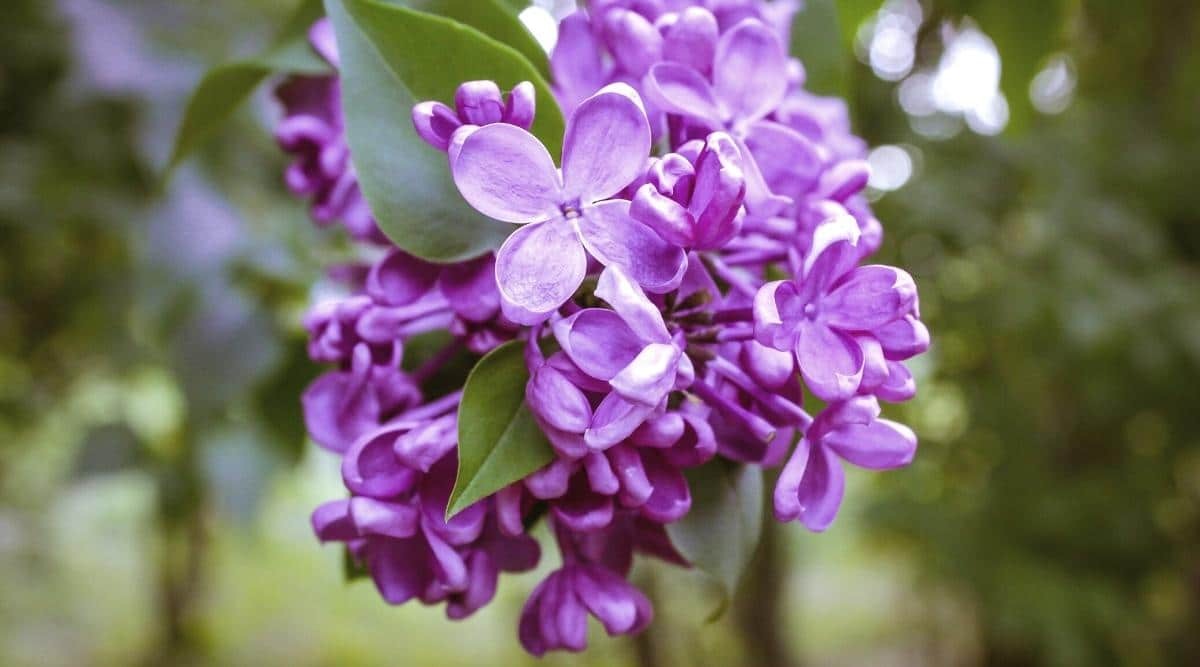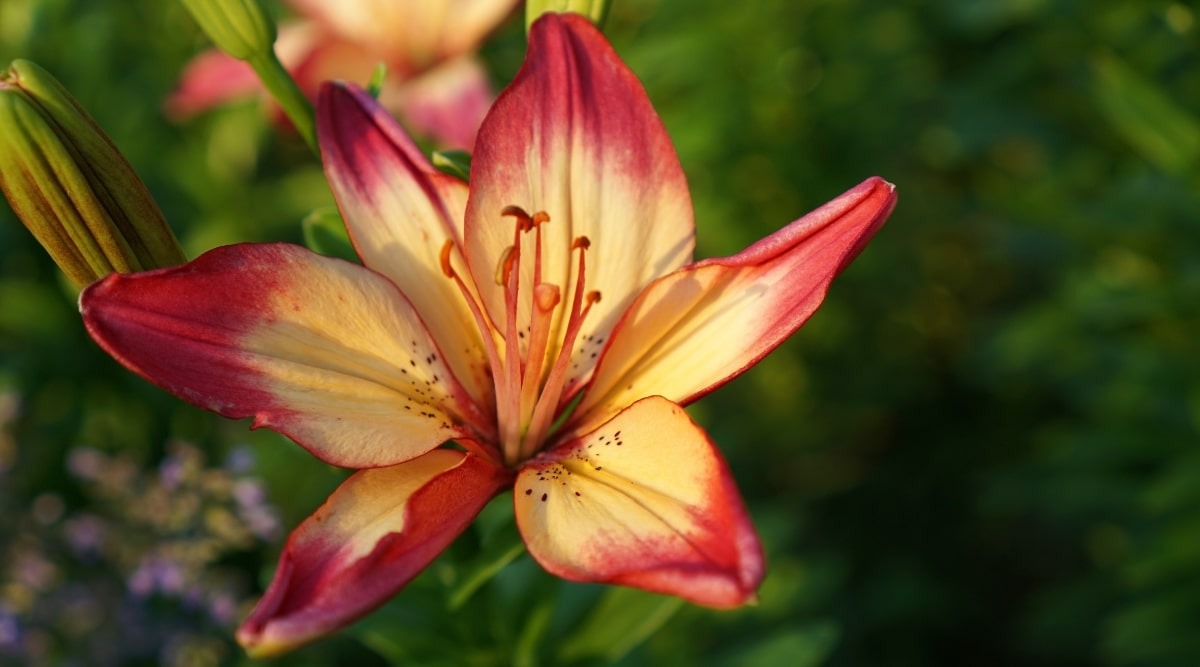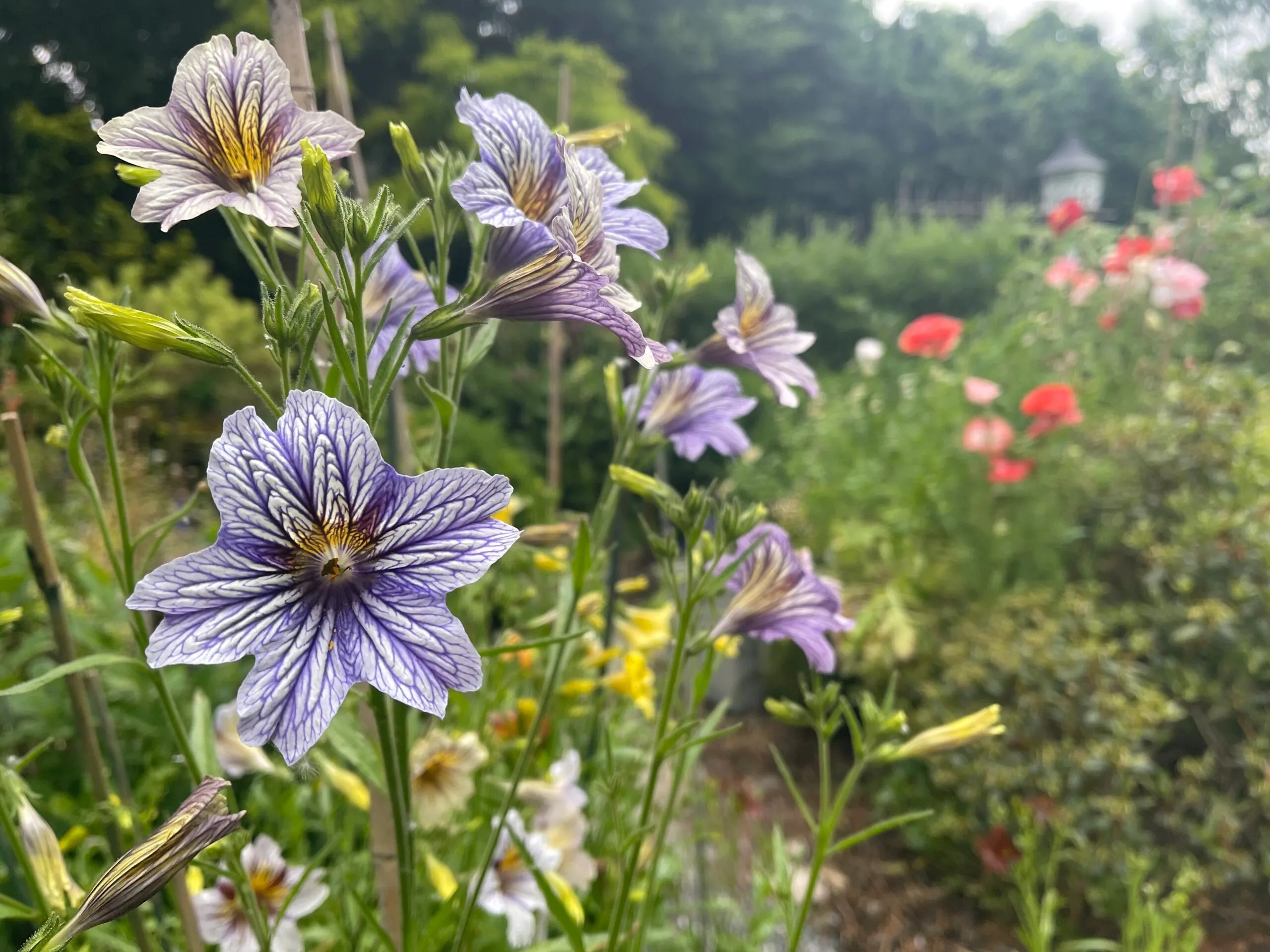The annual vine, known as the Cup and saucer vine, is loved by many gardeners. Their large purple or white cup-shaped flowers and their distinctive flared corollas look very much like tea cups. Many of us never really think about it. Like many well-known garden flowers, the cup and saucer vine, or Cobaea scandens, belongs to a much larger Clan– it has many close relatives in the genus CObaea, all native to South and Central America. However, most, if not all, are still relatively not-known or even discovered.
I decided to do a deep dive on the genus Cobaea (or at least as deep as I could reproduce some of the hard-to-find species). My real goal here is to solve a lot of people’s problems when they are trying to grow cup and saucer vines. If you have even had difficulty germinating or blooming plants, you may find useful information here.
Cup and saucer vines may want heat to germinate, but in autumn they can often withstand a slight frost. Here, a snowstorm at the end of October caused little damage to our veranda covered with Cobaea Scandens vines with purple and white flowers.
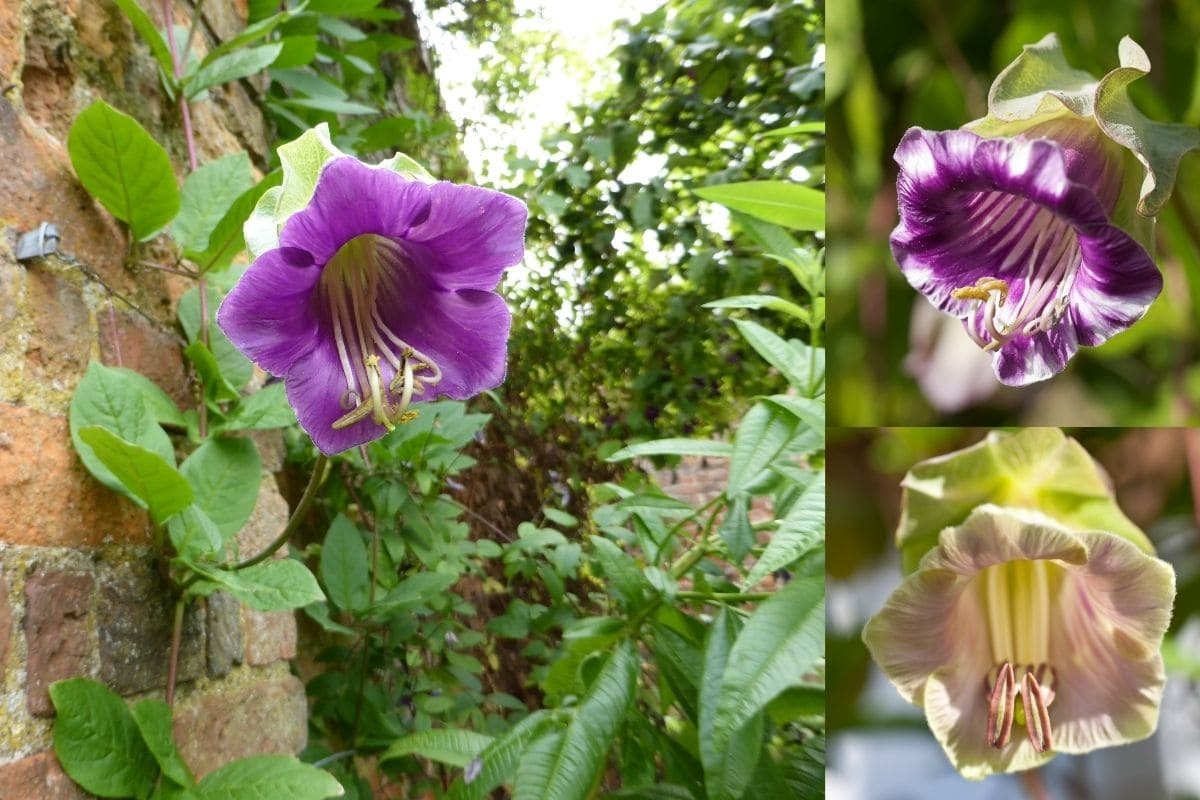
You know me-I like to ask the obvious question first. For example: why do almost all garden writers repeat the instruction: “sow vine seeds to the cup and saucer vertically. Go ahead, google “how to sow vines from cups and saucers” and see. I suppose there could be a good reason, but honestly (and botanically) I can’t imagine why, because no botanist or peer-reviewed Journal of botany seems to be able to support this. In nature, the seeds do not land vertically on the ground.
Oh, and while you’re looking for tips, you may also notice that there are a variety of suggested depths for planting the seed, starting with sowing (because a writer once wrote that the seed needs light to germinate) or 1/2 inch deep in total darkness. Which method is correct?
Now, before we get into all of this, a few facts to avoid.
Cobaea scandens (the ordinary cut and saucer vine) is not an annual at all; it is considered a delicate (but tropical) perennial plant. Just a fun fact, really, because it shouldn’t change anything about the way most of us grow it.
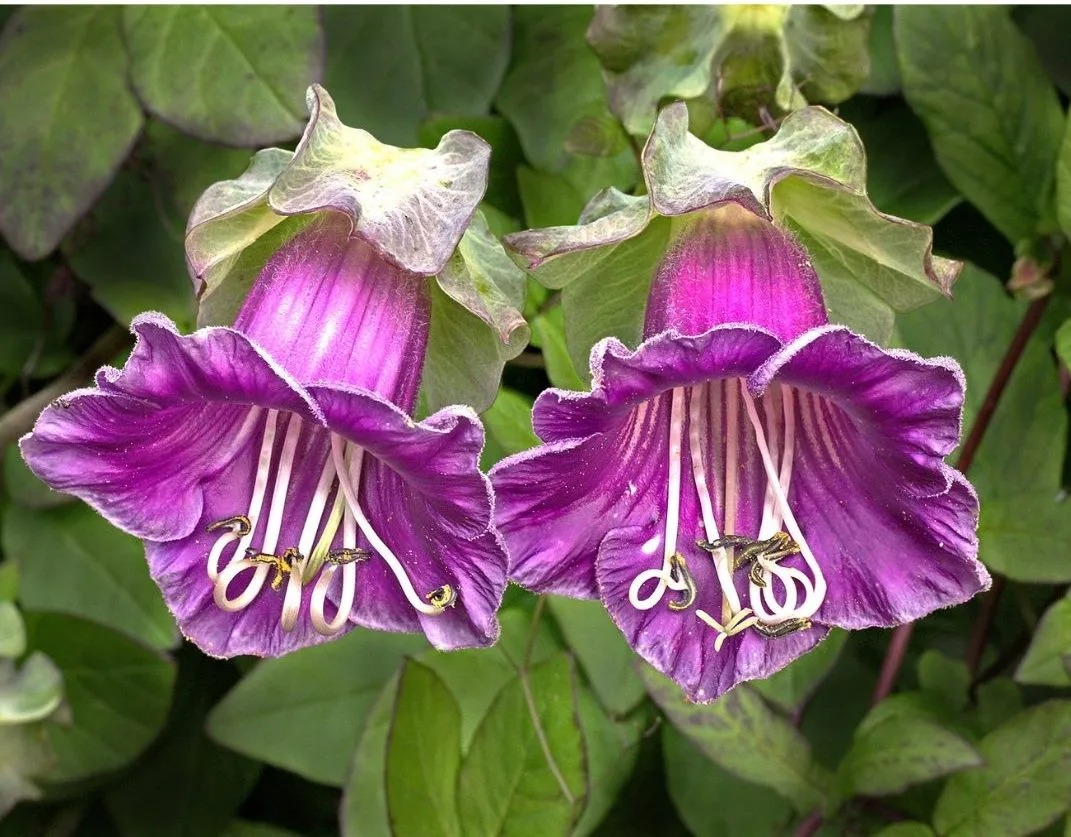
It is one of those tropical plants that should only be grown once a year in cold climates, but it should serve as a warning to those who live in warm winter climates where the plant is a known invasive plant. As with any vine, plant with caution-step back, you’re running.
Cobaea scandens is not even new, although some may think that it is. It could be called a legacy because it was more common than today, although a new generation of gardeners is rediscovering it. Like the ones I show here, other species are rare, even impossible to find – not yet. I’m only sharing a few to show people that there is diversity in the tribe, and maybe a plant grower will work with the genus a little.
Cup and saucer vines grow quickly when grown from seeds, and while some read that they need the short days of after summer or autumn to bloom, this is not true. Cobaea is considered a day-to-day neutral plant-and unlike its neighbors that also grow in Central America (winds, zinnia), these are plants that do not react to a shorter photoperiod. Cobaea must be ripe enough to bloom. Therefore, during a summer period with strong ultraviolet light (as in Central America), it is necessary to produce a certain number of leaves. Therefore, it is believed that the intensity of light and maturity stimulated the plants to bloom.

I never miss a year to grow the after flowering Cobaea Scandens or the cup and saucer vines. I will grow any variety I can find, the white one or the purple one. I sow seeds in the greenhouse at the end of April or in May (sometimes after, because they grow quickly) and place the young plants in warm soil at the beginning of June. They take off only after mid-July, but then stay back. by nature, after-flowering, they often begin to bloom only in September, but stop because of the lighter frosts here in Massachusetts. Be sure to grow them on a sufficiently large net or structure.
Some gardeners believe that you can make plants bloom earlier in the summer by starting earlier (and maybe you could do this if the vines are allowed to grow long enough under strong full-spectrum light), but who likes space? For a 20-foot vine inside?). In general, Cobaea blooms naturally near the end of summer, somewhere between mid-August and September until frost. In fact, the seeds sown in February and the seeds sown at the end of May bloom for me in Massachusetts about the same week in September.
